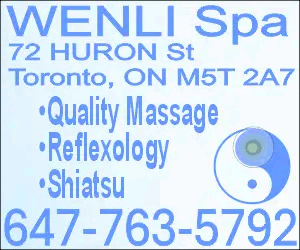
Addiction to opiates is a growing problem in the United States and Canada. Pain relief therapies, such as massage therapy, can be viable alternatives to the prescription pain medicines that often serve as a gateway to illegal drugs such as heroin.
Addiction to prescription painkillers is common. The National Institute on Drug Abuse estimates that 4.7 million people in the United States are dependent on painkillers, the sale of which has increased by more than 300 percent since 1999. Retail pharmacies across Canada dispensed 19 million prescriptions for opioids in 2016, which was up slightly from 18.9 million in 2015, according to the health data company QuintilesIMS. When prescriptions to oxycodone, hydromorphone and fentanyl run out, many people turn to heroin as a less expensive and more readily available means of pain relief.
NIDA says that up to 7 percent of people who are prescribed opiate or analgesic pain killers will become addicted. To help reduce the overprescribing epidemic and keep people from becoming addicted to pain meds, people can look for other ways to alleviate pain.
Massage therapy is a viable option that can work wonders to improve flexibility and offer relief from pain in different parts of the body. In addition to alleviating pain, massage therapy can promote relaxation, reduce anxiety and improve quality of life.
Research indicates that massage therapy can reduce the incidence and frequency of back pain, headache and leg pain and can even reduce stress and tension. Massage therapy can be an asset to those with myalgia, carpal tunnel syndrome and other conditions.
Researchers at McMaster University in Canada found that massage therapy affects the activity of certain genes, which directly reduces inflammation in muscles - the same results that would occur if a person took pain medication. Researchers tested people who exercised and received massages afterward against a control group, discovering that "massage dampened the activity of proteins known as inflammatory cytokines, which cause inflammation and pain. It also increased levels of proteins that signal the muscles to produce more mitochondria, the cell structures that produce energy and help muscles recover from activity."
A review published in the journal Complementary Therapies in Clinical Practice noted that moderate pressure massage can lead to decreased cortisol levels, helping to reduce stress and anxiety. Massage may help stimulate serotonin products, improving mood and feelings of well-being. Also, according to AMTA, deeper massage stimulates blood circulation to improve the supply of oxygen and nutrients to body tissues while helping the lymphatic system to flush away waste products. It also eases tense and knotted muscles and stiff joints, improving mobility and flexibility.
Massage therapy can be a viable alternative for pain sufferers who are reluctant to take potentially addictive prescription pain medications.
Let's block ads! (Why?)











































































































